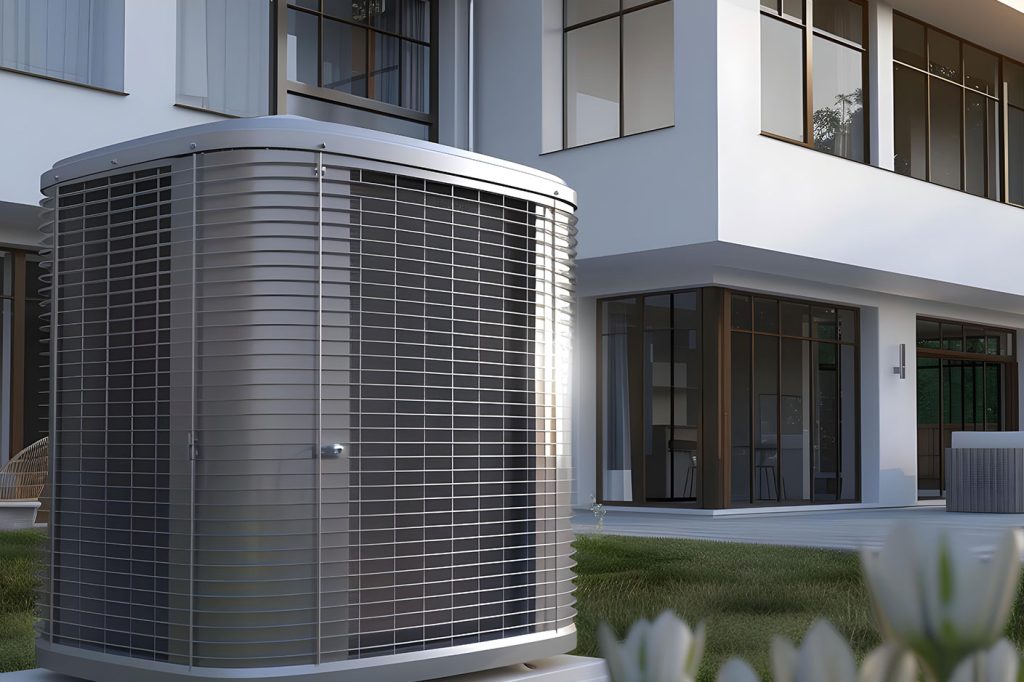Staying comfy in Maryland can be tricky. Winters swing cold and damp. Summers run hot and sticky. Shoulder seasons tease you with big day-to-night changes. The good news: a few smart steps keep you steady without wasting energy or money. This guide shares simple, practical tips for heating and cooling that work in our state’s climate. You’ll learn how to size your system, tune airflow, control humidity, and set your thermostat so it helps—not fights—you. We’ll also cover easy maintenance and habits that add up. Keep the ideas that fit your home today, and save the rest for later. Small fixes stack up fast, and comfort follows.
Maryland’s Variable Climate
Maryland sits in a humid climate with four distinct seasons. That means your home needs gear and settings that handle swings: icy mornings, stormy springs, humid heat waves, and breezy fall nights. Aim for indoor humidity around 40–50% most of the year. That range helps you feel cooler in summer and warmer in winter while protecting wood floors and trim. Most of the state falls in Energy Code Climate Zone 4A, so insulation and air sealing matter a lot. Summers bring high dew points; winters bring chill plus coastal moisture. Prepare for both by keeping airflow smooth, ducts tight, and controls simple. Watch these seasonal triggers:
- Spring pollen and rain raise indoor humidity
- Summer heat index days are stressing ACs
- Fall temperature swings expose duct leaks
- The winter wind is pushing cold air through the gaps
Right-Size Your System
Bigger isn’t better with HVAC. An oversized unit cools fast, then shuts off, causing temperature swings and clammy rooms. An undersized unit runs too long and struggles on extreme days. Ask for a “Manual J” load calculation. It uses your home’s size, windows, insulation, and orientation to estimate heating and cooling needs. Matching equipment to that number (Manual S) improves comfort and lowers bills. Ducts should also be designed for the right airflow (Manual D). Simple signs you’re close to right-sized include even room temperatures, longer steady cycles, and the fan not roaring. Key checks:
- Square footage alone is not a sizing method
- Shading, air leaks, and attic insulation change the load
- Two-stage or variable-speed units provide smooth comfort on mild days
Seal And Insulate First
Before upgrading equipment, stop air leaks and add insulation. Air sealing and insulation often deliver the cheapest comfort per dollar. Focus on the attic, which is usually the top source of heat gain in summer and heat loss in winter. In our zone, many homes aim for attic levels around R-49 or better. Foam or caulk small gaps around light fixtures, attic hatches, and plumbing or wire penetrations. Weather-strip doors and the attic hatch. Dense-pack or rigid foam in rim joists can tame drafts. Benefits you’ll feel:
- Fewer hot rooms on sunny afternoons
- Shorter AC and furnace run time
- Quieter home and less dust
- Better humidity control because outside air isn’t rushing in
Master Your Thermostat
A smart or programmable thermostat can cut waste while keeping you cozy. Use simple, consistent schedules: set cooling to about 75–78°F when home in summer, and heating to about 68–70°F in winter. Use a small “deadband” (about 1–2°F) so it doesn’t chase every tiny change. Limit big setbacks for heat pumps in winter to avoid kicking on electric backup too often. Many models can “learn” how long your home takes to heat or cool and start early. Handy features to try:
- Geofencing to nudge temps when you leave
- Humidity display and dehumidify-on-cool calls
- “Aux heat lockout” for heat pumps on mild days
- Filter change reminders based on run time
Balance Airflow And Ducts
Even the best equipment fails if the air can’t move. Good systems deliver roughly 350–450 cubic feet per minute (CFM) per ton of cooling. High total external static pressure (think of it like blood pressure for ducts) starves airflow. Long runs, sharp turns, and undersized returns can choke the system. Ask a pro to measure static pressure in inches of water column (in. w.c.) and adjust. Signs of trouble include noisy vents, rooms that lag, and a coil that freezes. Practical fixes:
- Add or enlarge return grilles to ease airflow
- Straighten kinks in the flex duct; support every few feet
- Use balancing dampers to tune room-by-room flow
- Keep interior doors slightly open for better return paths
Humidity And Filtration
Humidity drives comfort in Maryland. Aim for 40–50% relative humidity most of the year. In summer, your AC should remove moisture while cooling. Long, steady cycles do this best. If RH stays high, consider a whole-home dehumidifier or tweak fan settings to slower speeds during muggy weather. In winter, dry air can irritate skin and warp wood; a small bump in indoor RH (but below window-sweat levels) helps. Air filters matter, too. MERV 8–13 filters capture more dust and pollen; higher MERV can add pressure drop, so match the filter to your blower and duct size. Quick tips:
- Check filters monthly; change when dirty
- Keep condensate drains clear
- Watch for window fog—often a humidity clue
Heat Pump Smarts
Modern heat pumps work well in our climate and can heat efficiently on most winter days. Look at SEER2 for cooling efficiency and HSPF2 for heating efficiency; higher numbers mean less energy used per comfort delivered. Variable-speed compressors ramp up and down to match demand, giving steadier temps and better humidity control. In cold snaps, auxiliary heat may engage; use an outdoor “lockout” temperature so backup heat only helps when needed. Other points to watch:
- Defrost cycles are normal; brief steam puffs aren’t smoke
- Keep outdoor units clear of snow, leaves, and mulch
- Consider dual-fuel setups if you have natural gas and want options
- Proper refrigerant charge (checked via superheat/subcooling) is key
Tune-Ups And Maintenance
Seasonal tune-ups protect comfort and efficiency. A good AC check includes coil cleaning, blower inspection, drain cleaning, refrigerant charge verification, and a static pressure reading. For furnaces: inspect the heat exchanger, flame signal, combustion, and venting. For heat pumps: test reversing valve operation and defrost controls. Homeowner tasks add a lot:
- Rinse outdoor coils gently with a hose (power off)
- Keep shrubs at least two feet from outdoor units
- Vacuum return grilles; keep furniture clear of supplies
- Replace filters on schedule (often 1–3 months, or per maker)
Plan one visit in spring for cooling and one in fall for heating. Small issues caught early prevent mid-season breakdowns.
Energy-Saving Everyday Habits
Simple habits stretch your system and keep rooms even. In summer, close blinds on sunny sides by late morning. Use bath and kitchen exhaust fans to pull out steam and heat while cooking and showering. Ceiling fans help you feel cooler at the same temperature; turn them off when you leave the room. In winter, draft stoppers and door sweeps block cold infiltration. Space heaters can trip breakers and add risk; use them sparingly and never on extension cords. More quick wins:
- Run laundry and dishwashers in off-peak, cooler hours
- Keep vents open at least halfway; don’t “shut rooms”
- Set the water heater to about 120°F for safety and savings
- Walk around your home on windy days to find and seal leaks
Indoor Air Quality Basics
Good air can make your home feel more comfortable at the same thermostat setpoint. Start with clean filters and steady humidity. Add fresh air in short, smart bursts: crack windows on mild, low-pollen days, or use an energy recovery ventilator (ERV) to swap stale indoor air for fresh air while holding most of your heating or cooling. Manage sources: range hoods reduce moisture and combustion byproducts from cooking; sealed gas appliances and CO detectors add safety. If allergies flare, consider:
- Upgrading to a MERV 11–13 filter compatible with your system
- Sealing return ducts to avoid pulling dusty attic or crawlspace air
- Keeping carpets dry and fixing small leaks promptly
- Scheduling duct cleaning only when there’s visible debris or mold
When To Call A Pro
Some jobs are DIY; others need licensed help. Call when you notice short cycling, ice on lines, burning smells, tripped breakers, or rising bills with no clear reason. A pro can measure static pressure, verify refrigerant charge, test duct leakage, and confirm safe combustion. If your system is past 12–15 years, a consult can weigh repair versus replacement. Look for clear proposals that cite Manual J/S/D, show efficiency ratings, and outline warranties. Ask about rebates and utility programs—Maryland often offers them for efficient heat pumps, smart thermostats, and insulation. Pair upgrades with air sealing to lock in gains. A short visit now can spare a long outage later.
Stay Comfortable All Year
Comfort in Maryland comes from a steady plan: seal leaks, insulate well, size the system right, and control humidity with smooth airflow. Keep schedules simple, filters fresh, and coils clean. Watch for clues—window fog, rooms that lag, or noisy vents—and fix the cause, not just the symptom. If your equipment is aging or struggling, a right-sized, variable-speed heat pump with smart controls can trim energy use and steady temps across the seasons. Ready for help, a second opinion, or a tune-up before the next weather swing? Reach out to HVAC Ecology LLC to keep your home calm, efficient, and comfortable—year-round.

